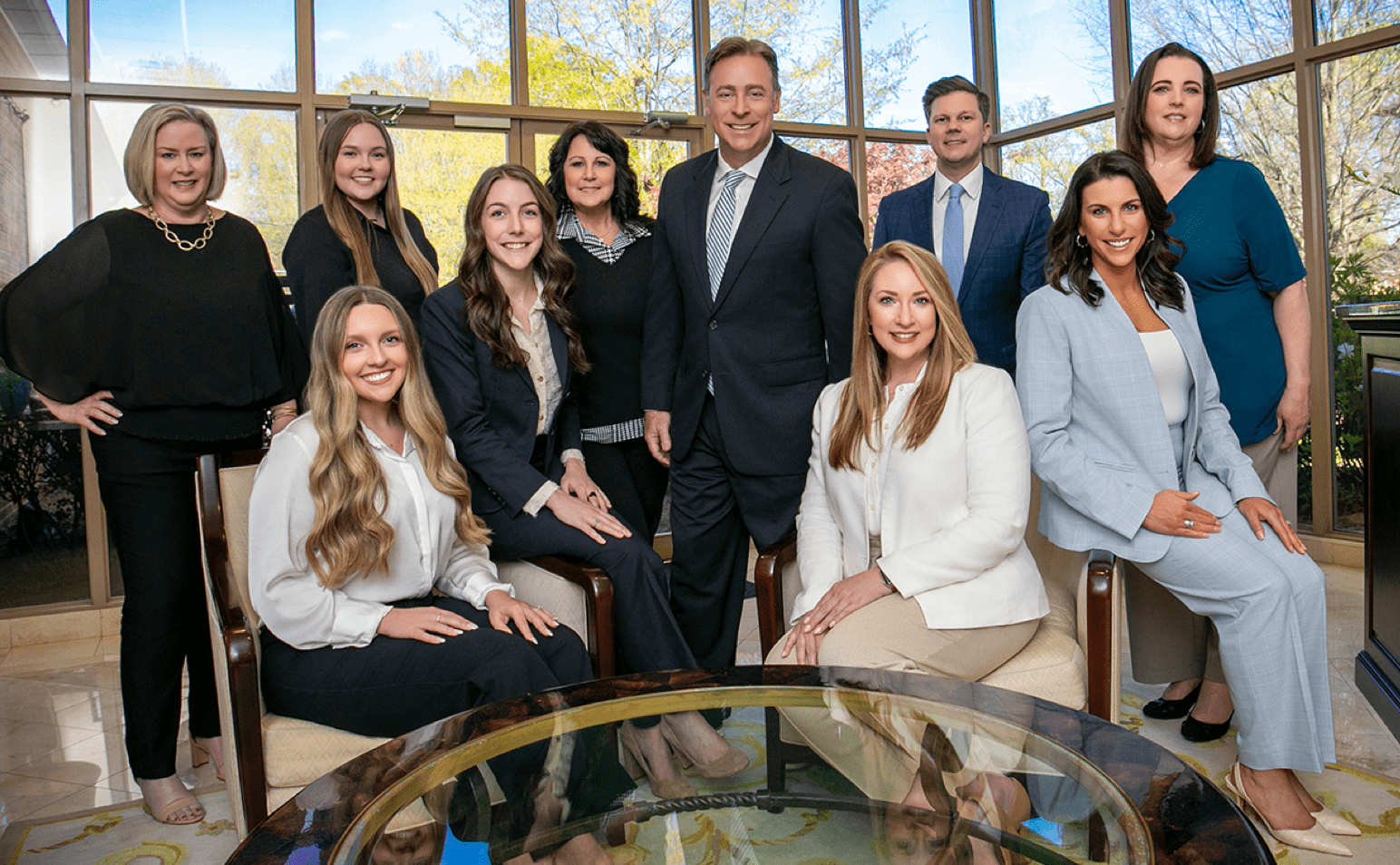It is important for workers to remember, however, that it is not necessary for an employee to prove a violation happened in order to be eligible for a workers’ compensation claim after an injury. In fact, an employee does not need to prove that the company did anything wrong in order for the worker to be entitled to benefits. If, however, an employee can prove that a safety violation caused his or her injury, the employee may be entitled to receive extra compensation beyond the standard workers’ compensation benefits. A Charlotte workplace injury attorney can assist those who have been hurt in understanding their rights and pursuing a claim for benefits.
The Top 10
OSHA’s list of the top 10 most frequently cited violations for 2013 has been released. The top occupational safety standards that employers violated included:
- Fall protection standards (1926.501): This standard requires employers to provide appropriate protections for workers at elevations of four feet or higher in general industry; five feet or higher in the maritime industry; and six feet or higher in construction.
- Hazard communication violations (1910.1200): Safety labels and data sheets must be provided to communicate risks.
- Scaffolding violations (1926.451): Unstable planking or support is one big risk workers must be protected from when on scaffolding. Many workers are also hurt when objects fall from scaffolding and protection methods must be in place to minimize the risk.
- Respiratory protection (1910.134): Respirators need to ensure workers are not exposed to chemicals and have sufficient oxygen available to them.
- Electrical and wiring method violations (1910.305): Employees working both directly and indirectly with wiring or electrical hazards need to be protected.
- Powered industrial trucks (1910.178): Standards establish safety rules for powered vehicles designed to reduce injuries from things like lift trucks being driven off docks and unsecured trailers.
- Ladders (1926.1053): Falls cause an estimated eight percent of occupational deaths due to trauma. Many falls are caused by unsafe ladders and employers violating ladder safety guidelines.
- Lockout/Tagout violations (1910.147): Specific lockout-tag-out procedures must be followed to prevent hazardous energy from being released during maintenance activities and to ensure workers aren’t harmed by equipment or machinery.
- Electrical safety standards (1910.303): Electrocution is one of the top causes of death among construction workers.
- Machine guarding (1910.212): Machine parts, functions, and processes can cause injury to operators and hazards must be controlled.
Over the course of 2013, OSHA issued approximately 94,000 citations total to employers for these and other safety violations. Workers need to know the risks and understand their rights if they get hurt on the job. A workplace injury attorney can help after a workplace incident causes health consequences.





